Choosing Sports Photography Gear I: Picking a Camera

Sports photography is one discipline that places some heavy requirements on your gear. Besides the right lens, you need the right camera as well. What should be the foundation for your choice here? There are countless cameras on the market, but not all of them are suitable for sports photography. Based on my practical experience, I’ve written up some criteria that you should follow if you don’t want to make a misstep.
Every genre in photography has its specifics, and sports are no exception. They’re fast and dynamic, and they often take place in bad conditions for photography—and your equipment has to reflect that. It’s often said that a good photo demands a keen eye and photographic sense more than good equipment. And it’s true that good equipment isn’t everything in sports photography… but it does mean a lot. So if you want to specialize in sports photography, prepare yourself for the fact that it may not be cheap.
Choosing Your Camera
When you’re picking your photo gear, choosing the right lens is a must. Often people end up buying a camera based on its basic parameters and buy some kind of basic kit lens along with it. That can be a good route for hobby photography, but it’s not very suitable for sports photography.
Before choosing your camera, first decide what format you’ll be using. Your primary choice will probably be whether to go with full-frame or APS-C. Both types have their pluses and minuses, so here I’ll list three key differences.
Full-frame Versus APS-C
With full-frame, you can get a smaller depth of field, which is useful in sports for separating players from the field. Full-frame also produces less noise at the same ISO value, which you’ll welcome when the light is poor. But it also has a fundamental disadvantage for sports: it doesn’t have a crop factor. So if you need to use a telephoto lens, you’ll have to buy one with a longer focal length than for APS-C. And if you want it with the same minimum aperture value, it will thus be more expensive and heavier.
I personally use an APS-C, even at the cost of more noise and greater minimum depth of field. For Nikon and its “DX” APS-C cameras, the crop factor is 1.5. That means that when using a focal length of e.g. 200 mm, you have, after the crop factor, the same picture as you’d get when using a 300mm focal length on one of their “FX” full-frame bodies. Whether the advantages of full-frame or those of APS-C are more important for you is up to you.
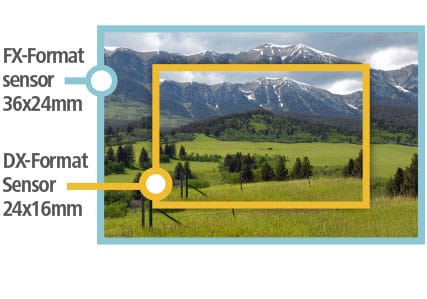
Focusing, Shooting Speed, and Cache Size
These three properties are the most important things that you should look out for in your sports camera.
As far as focusing goes, pay attention to the number of focus points and to whether or not the majority of them are cross-type. Put simply, points of this type mean more reliable focusing. For ordinary photography, it can even be enough to have, for example, one central focus point and to shoot using that point. But sports is full of action and motion, where there’s often not enough time to think through the composition, and so you need as many focus points as possible to choose from.
That’s why I’ve come to really appreciate the continuous focusing modes that work with a large number of focus points. These include modes that also take into account focus points in the surroundings of the subject, and even a 3D object monitoring mode, where you focus on your subject and the camera itself chooses a focus point based on the subject’s motion. For these modes the rule is that the denser the grid of focus points, the better. Today you’re likely to only encounter low focus point counts in DSLRs. Mirrorless cameras now universally have a sufficient number of them.
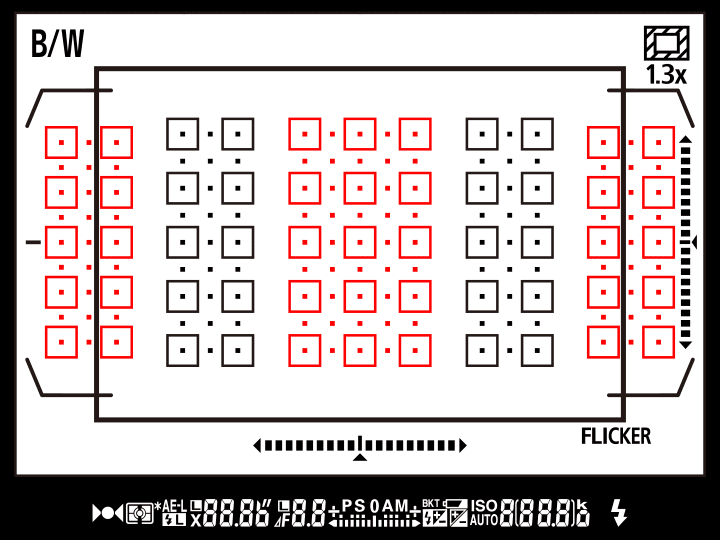
Shooting speed is important so that you can capture the decisive moment. Imagine a soccer player is heading the ball, and you want to have both their head and the ball in the scene. If you take just one shot, it’s unlikely you’ll capture that moment. So you use your camera’s bracketing mode and start to shoot the scene in question just before the player starts heading the ball, and don’t finish until they’ve stopped.
Then you look at the pictures and find out that the ball still isn’t decently depicted in even a single one of the shots. That’s because you’ve got a camera that can “only” shoot e.g. 5 pictures per second. That’s why some special cameras can bracket at speeds of up to 14 pictures per second.
An example of photographing a scene with the aid of 10 shots per second.
The size of the cache determines how many pictures the camera can hold before it has to write to the memory card. Here once again, the bigger the number, the better, because you can create long sequences of pictures from which you can then pick the right shot.
Bad Light, ISO, and Noise
Unfortunately, sports events are often held in bad light conditions, and even if you use a fast lens, you’ll need to set a high ISO to deal with the short exposures. That’s why the amount of noise at high ISOs is important when you’re choosing a camera. If you’re deciding among several cameras, I recommend making use of one of the online tools out there for comparing image quality at different ISOs, like the one at dpreview.com.
Ergonomics—How Is Your Camera in Practice?
Another thing that’s good not to underestimate is ergonomics. But what does that mean? That you can work with the camera well—you don’t have to spend a long time searching around in its menu, and it simply fits in your hand. The most basic thing is to have two rollers, for setting time and aperture separately, because the mode you’ll be using the most is manual mode with automatically set ISO, where all you do in that regard is set the maximum allowed ISO.
It’s also definitely good to have a separate button for setting the ISO value, as well as a button for switching focusing modes and one for correcting exposure. The top LCD display is great for saving energy and for a quick overview of all of the camera’s settings.
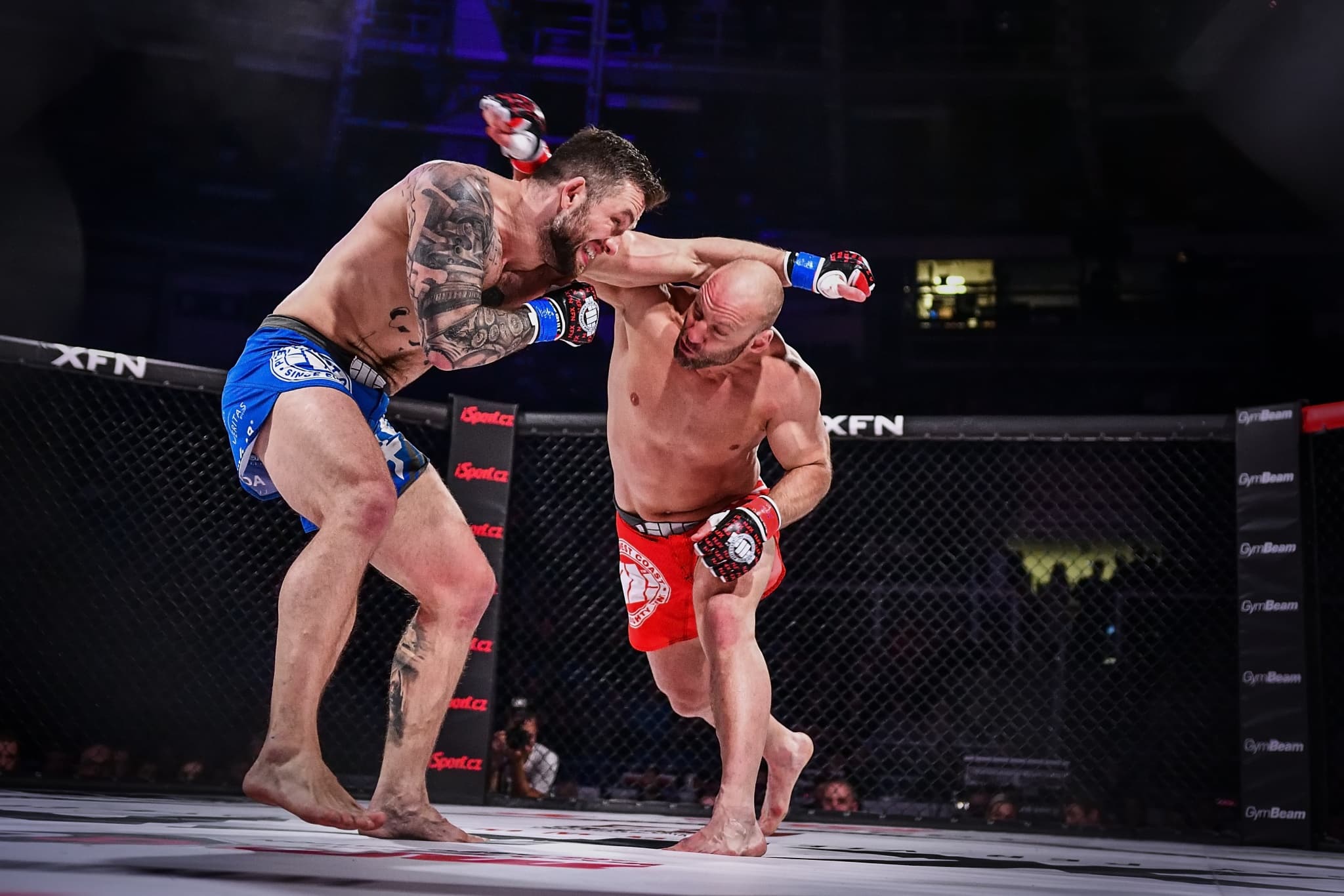
On the more expensive cameras, the scene mode picker is replaced by other settings buttons that are more useful. For example on the the Nikon D500 there are buttons for setting exposure metering, choosing a mode, setting white balance, and also setting output quality. But the truth is that I usually only use these options before the actual photography begins, so there’s no need for me to have them on their own buttons—but you might have a different situation, and it is at the very least more convenient.

Don’t Underestimate Camera Durability
Your camera’s ruggedness and craftsmanship are also definitely worthy of mention. You’ll be taking pictures outdoors, in bad weather and with a heavy lens. Because of this, it’s good to have a camera body made out of some kind of alloy, one that’s robust and has at least basic waterproofing and dust-proofing.
Believe me when I say that, when it comes to craftsmanship, you can really tell if you’re holding the Nikon D500 or a cheaper model in the D3xxx, D5xxx, etc. lines.
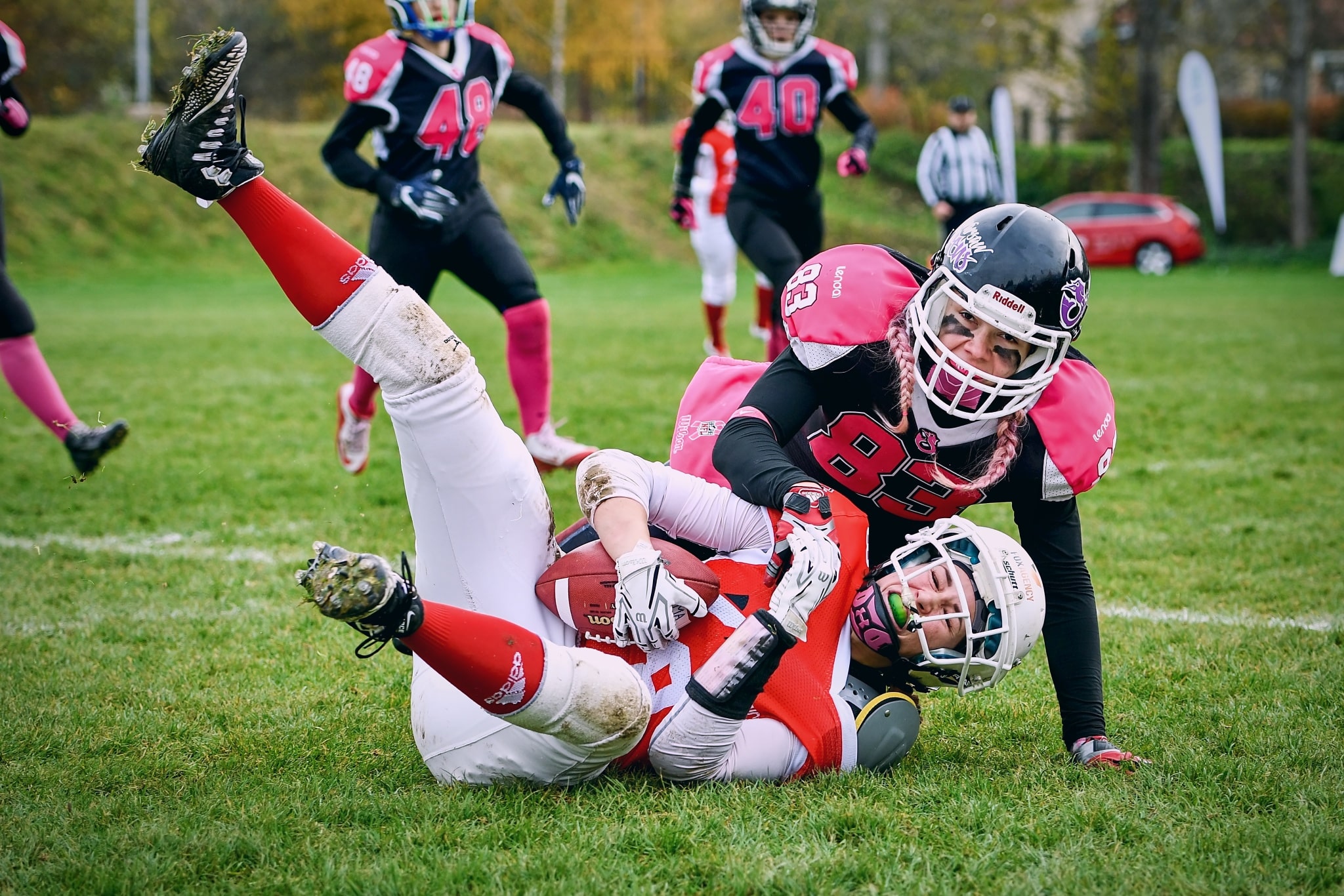
Maximum ISO and Resolution Aren’t Worth Worrying About
What’s not worth watching closely in our day and age, on the other hand, is the maximum ISO and the photos’ resolution. Even the cheaper models are fine on these two points, because these are marketing-friendly parameters that help to boost sales. As far as maximum ISO goes, I personally most often set 6400, and I only use higher values very occasionally. Unless you’re buying some kind of very old model where there’s heavy noise at ISO 6400 or that doesn’t even enable this value, you really don’t need to worry about the maximum ISO.
The resolution on the majority of sensors tends to be 20 Mpx at minimum, which is enough for sports photography. Most photos are sent on to newspapers or social networks, and these tend to need lower resolutions rather than higher. One great advantage of a high resolution is that you can then crop your pictures heavily and, through this, make up for problems with your lens’ focal length a bit.
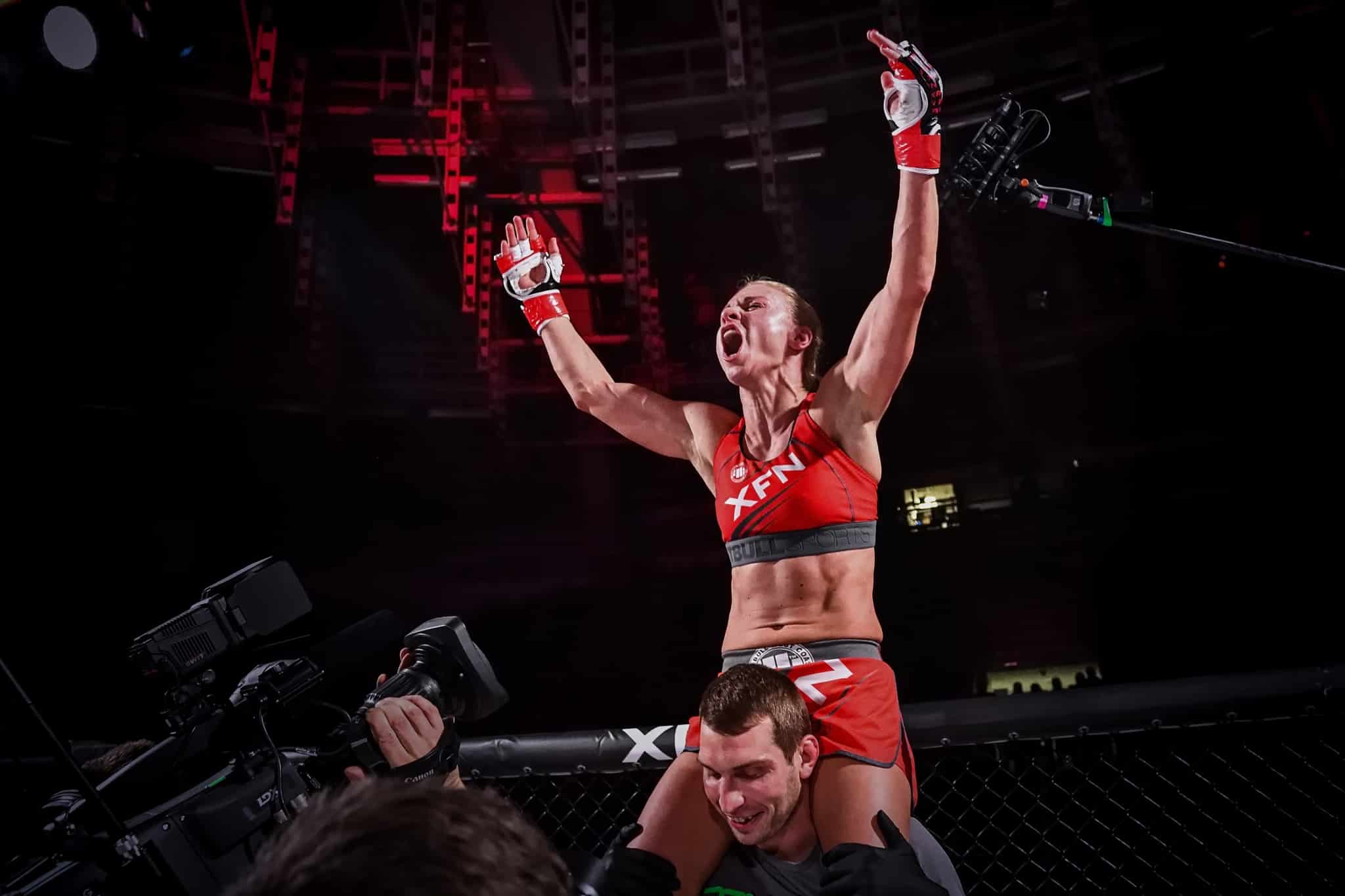
The disadvantage of high resolutions is a smaller sensor cell size, which means somewhat increased noise. Even smaller resolutions have their benefits. To simplify things here: a lower resolution can help a little under bad light, and a higher resolution can help when your lens has a short focal length.
I hope that this article has helped you at least a little with deciding what to focus on when choosing a camera for sports photography. I’ve tried to emphasize the things that I find to be the most important, but naturally there’s a variety of different features and gadgets that can come in handy in sports photography. So if you have any tips on anything I didn’t mention in my post, be sure to write them in the comments.